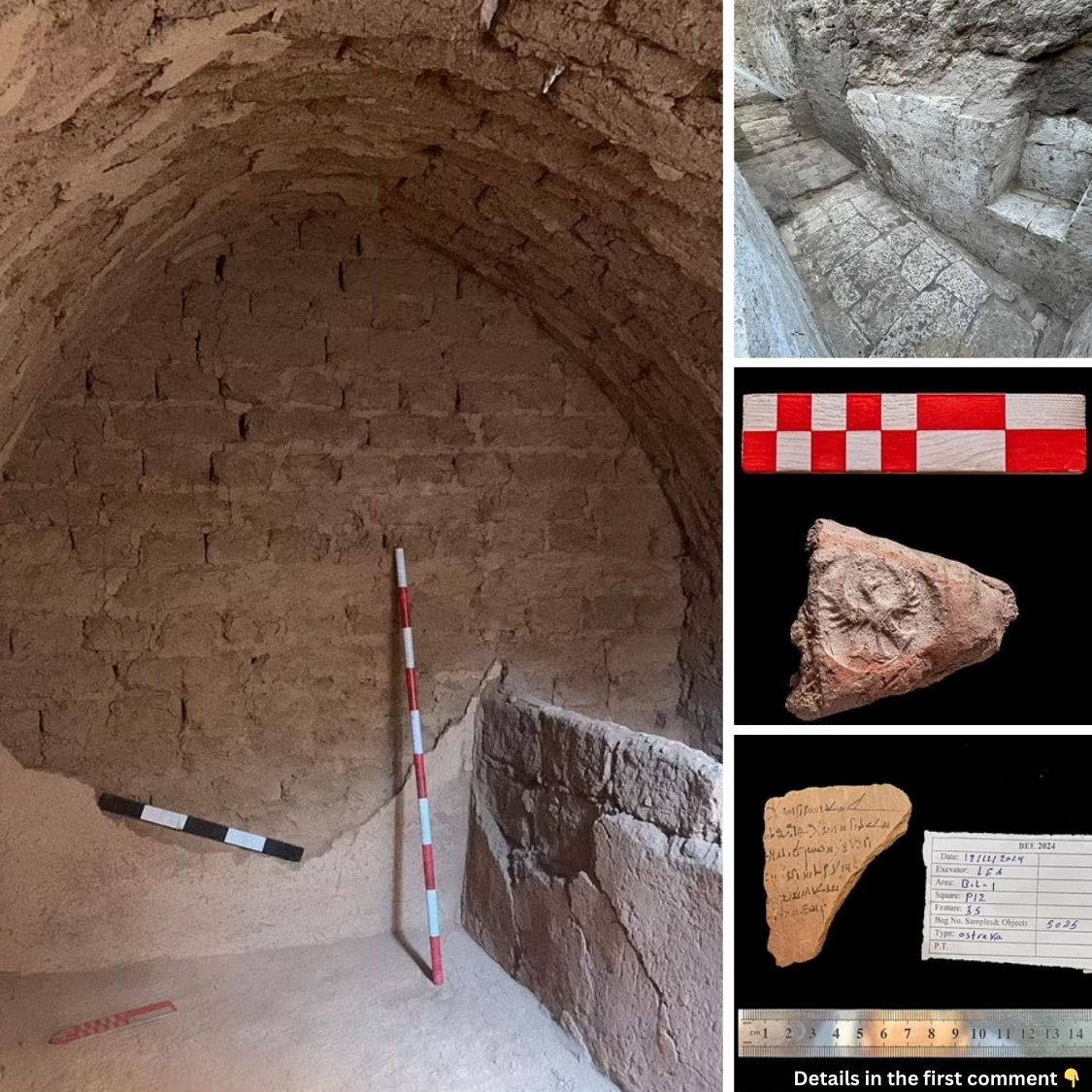In the heart of ancient Egypt, where the sands of time have concealed many of its secrets, a remarkable discovery has emerged: the royal tomb of a mysterious pharaoh from the long-forgotten Abydos Dynasty. Hidden for over 3,700 years beneath the sacred Mountain of Anubis, this tomb offers a rare glimpse into a period of Egyptian history shrouded in mystery. As archaeologists carefully uncover the tomb’s inscriptions and structure, they’re revealing new chapters of a civilization that has captivated the world for millennia.
The Abydos Dynasty: A Glimpse into Egypt’s Political History
The Abydos Dynasty, a short-lived but significant power, ruled over Upper Egypt from around 1700 to 1600 BC, a period known for its political fragmentation. While Egypt was typically united under powerful pharaohs, the Abydos Dynasty represents a local power that coexisted with the more established 15th and 16th Dynasties of the time. Abydos, one of the oldest cities in Egypt, was not just a political center but also a sacred city, home to the revered temple of Osiris and the royal necropolis of Umm el-Qa’ab. Its royal tombs have long been a subject of intrigue, and now, with the discovery of this royal tomb, archaeologists have the opportunity to learn more about the rulers of this enigmatic dynasty and the complex political landscape of the Second Intermediate Period.
The Discovery of the Royal Tomb
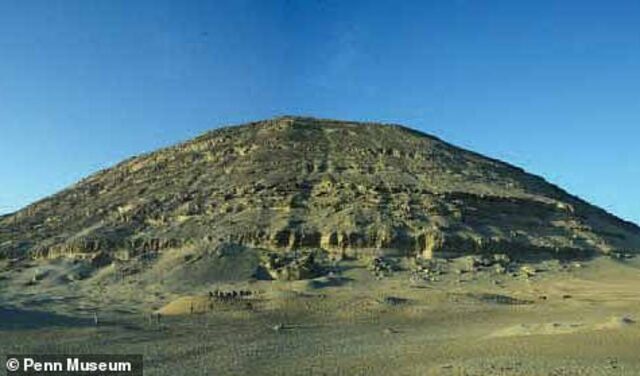
The tomb, found by an Egyptian-American archaeological mission at the foot of the Mountain of Anubis, has quickly become one of the most significant discoveries in recent Egyptian archaeology. The tomb’s entrance, adorned with inscriptions of goddesses Isis and Nephthys, provides a rare glimpse into the religious practices of the time, where these deities were central to the funerary rites. The tomb itself is located about seven meters underground and consists of a limestone burial chamber covered by mudbrick vaults. This architectural design, although common in later tombs, was a precursor to the grander tombs of Egypt’s pharaohs.
What sets this discovery apart is the fact that no mummified body has been found, which raises the intriguing possibility that the tomb was looted in antiquity or never fully used. Despite this, the inscriptions and the tomb’s unique construction offer significant insights into the burial practices of the time, shedding light on the royal customs of the Abydos Dynasty.
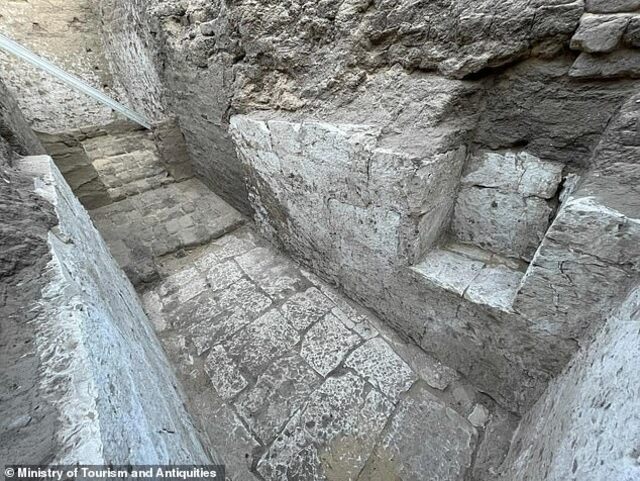
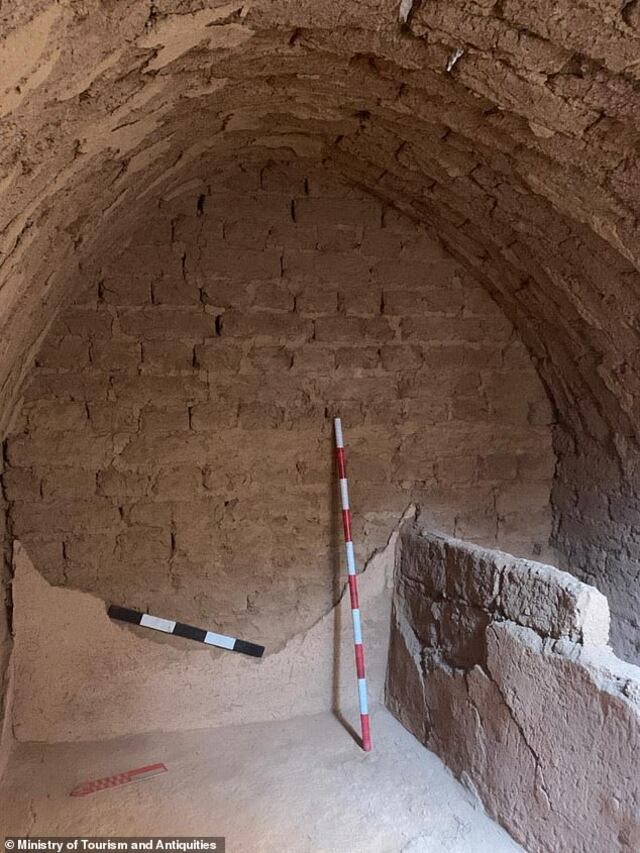
Video
Watch the video about the major ancient discovery at Abydos in Egypt, where a mysterious Pharaoh’s tomb was uncovered!
Inscriptions and Religious Symbolism
The presence of Isis and Nephthys in the inscriptions is particularly notable, as these goddesses were often invoked in funerary contexts for their protective roles. Isis, the goddess of magic and motherhood, and Nephthys, the protector of the dead, were believed to offer the deceased spiritual protection on their journey to the afterlife. These inscriptions suggest that the tomb was intended for a powerful figure, likely a king, who required divine protection for their passage into eternity.
The engravings also highlight the religious and cultural importance of the Abydos region during this period. Abydos was not only a political center but also a spiritual one, with the tombs of kings and nobles closely associated with the god Osiris, the ruler of the afterlife. The tomb’s design and inscriptions provide a direct connection to the religious practices of the time, reflecting the belief in an afterlife where the king would be safeguarded by the gods.
Who Was Buried Here? A Predecessor to Senebkay?
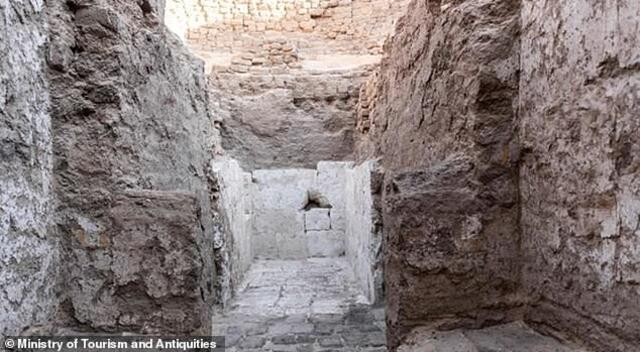
While the identity of the tomb’s owner remains uncertain, researchers speculate that it may belong to a king who ruled before King Senebkay, one of the most famous rulers of the Abydos Dynasty. Senebkay’s tomb was discovered in 2014, and it provided the first solid evidence of the dynasty’s existence. This newly discovered tomb could belong to one of Senebkay’s predecessors, further confirming the legitimacy of the Abydos Dynasty and its rulers.
The identification of the tomb’s owner is a task that will take time, as ongoing analysis of the inscriptions and burial site will hopefully provide a clearer picture. Still, this find is significant because it could represent another missing piece in the puzzle of the Abydos Dynasty’s political landscape. The discovery of this tomb adds weight to the theory that the Abydos Dynasty played a vital role in shaping Egypt’s political history during a period marked by fragmentation and uncertainty.
Abydos: A Sacred Burial Ground for Egypt’s Rulers
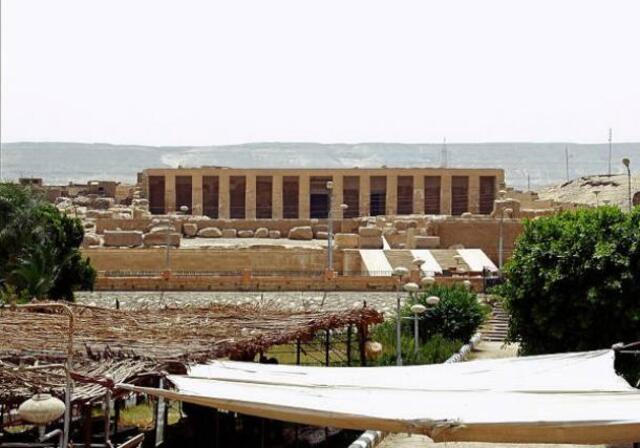
Abydos was long regarded as one of the most sacred burial sites in ancient Egypt, and its importance as a royal cemetery stretches back to the earliest dynastic periods. The tombs of pharaohs from the First Dynasty, including Narmer, the unifier of Egypt, were placed in Abydos, making it one of the most significant burial locations in the country. The association with Osiris, the god of the afterlife, further cemented Abydos’ role as a key spiritual and political center in Egypt.
The royal necropolis at Umm el-Qa’ab, where many early pharaohs were buried, became the central point of royal funerary practices. As time passed, the site gained greater religious importance, and kings from later dynasties continued to choose Abydos as their final resting place. The Mountain of Anubis, where this new tomb was found, is one such sacred site. Its natural pyramid shape made it a logical location for royal burials, and it has been used for centuries as a place of burial for Egyptian rulers.
A Parallel Discovery: Roman-Era Pottery Workshop at Banawit
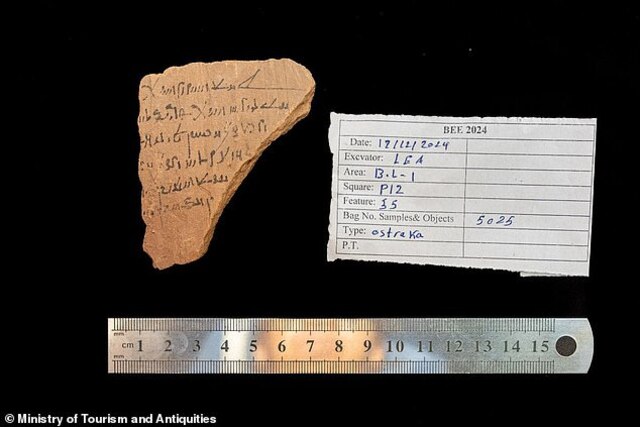
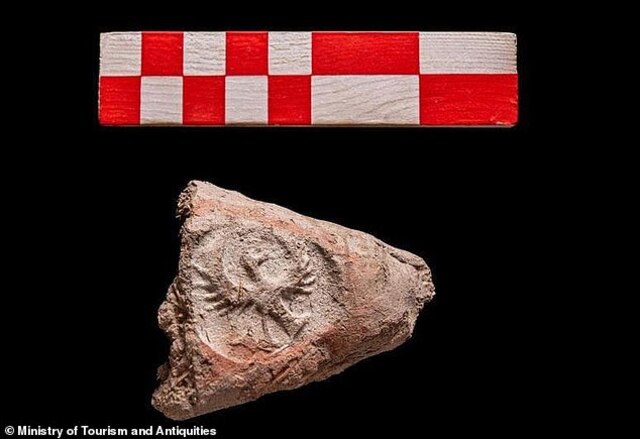
While the excavation team worked in Abydos, another significant discovery was made in the nearby village of Banawit. Here, archaeologists uncovered a Roman-era pottery workshop, which further illustrates the diverse and rich history of Egypt. This pottery workshop was one of the largest manufacturing centers in the region, producing pottery and glassware for commercial use. The workshop’s discovery provides rare insights into Egypt’s economy during the Roman period and the daily life of its inhabitants.
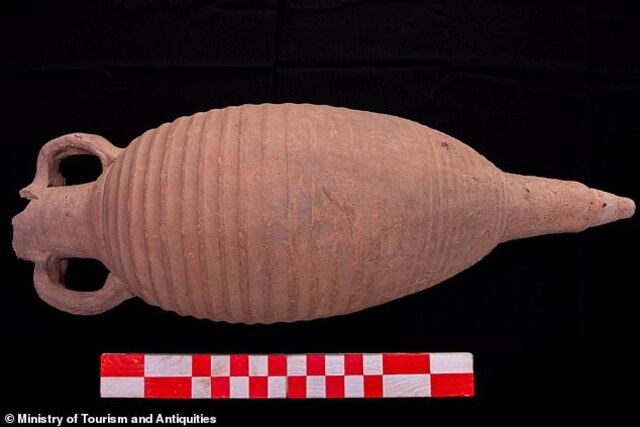
The workshop contained extensive kilns, storage areas, and ostraca (pottery fragments) inscribed with Demotic and Greek scripts. These inscriptions shed light on the commercial transactions and tax collection methods of the time, offering valuable data on Egypt’s administrative and economic structures. The discovery of the pottery workshop complements the findings in Abydos and reinforces the idea that Egypt’s ancient history is marked by a rich tapestry of cultural and economic activity.
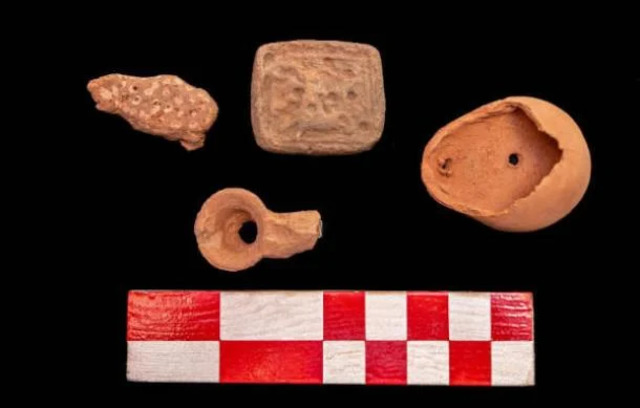
The Ongoing Excavations: A Rich Heritage Waiting to be Uncovered
The discoveries at Abydos and Banawit are just the beginning. Ongoing excavations in these areas promise to reveal even more about the rulers, artisans, and everyday people who lived in ancient Egypt. Abydos, with its rich history of royal burials, temples, and inscriptions, remains a focal point for archaeologists studying the development of Egyptian civilization. The ongoing work will continue to provide new insights into the complex political and religious landscape of ancient Egypt, enriching our understanding of this ancient culture.
Video
Watch the video about the discovery of the missing tomb of an ancient Egyptian king, the first in over 100 years.
Conclusion: Unraveling Egypt’s Ancient Mysteries
The discovery of the royal tomb in Abydos, along with the uncovering of the Roman pottery workshop, offers a fascinating glimpse into Egypt’s long and complex history. These findings highlight the significance of Abydos as a spiritual, political, and economic center throughout Egypt’s history. As research continues, these sites promise to reveal even more about the rulers, artisans, and everyday people who contributed to the development of one of the world’s most influential ancient civilizations. These discoveries are a testament to the enduring fascination with Egypt’s past and the importance of continued archaeological exploration in unraveling the mysteries of this ancient land.
